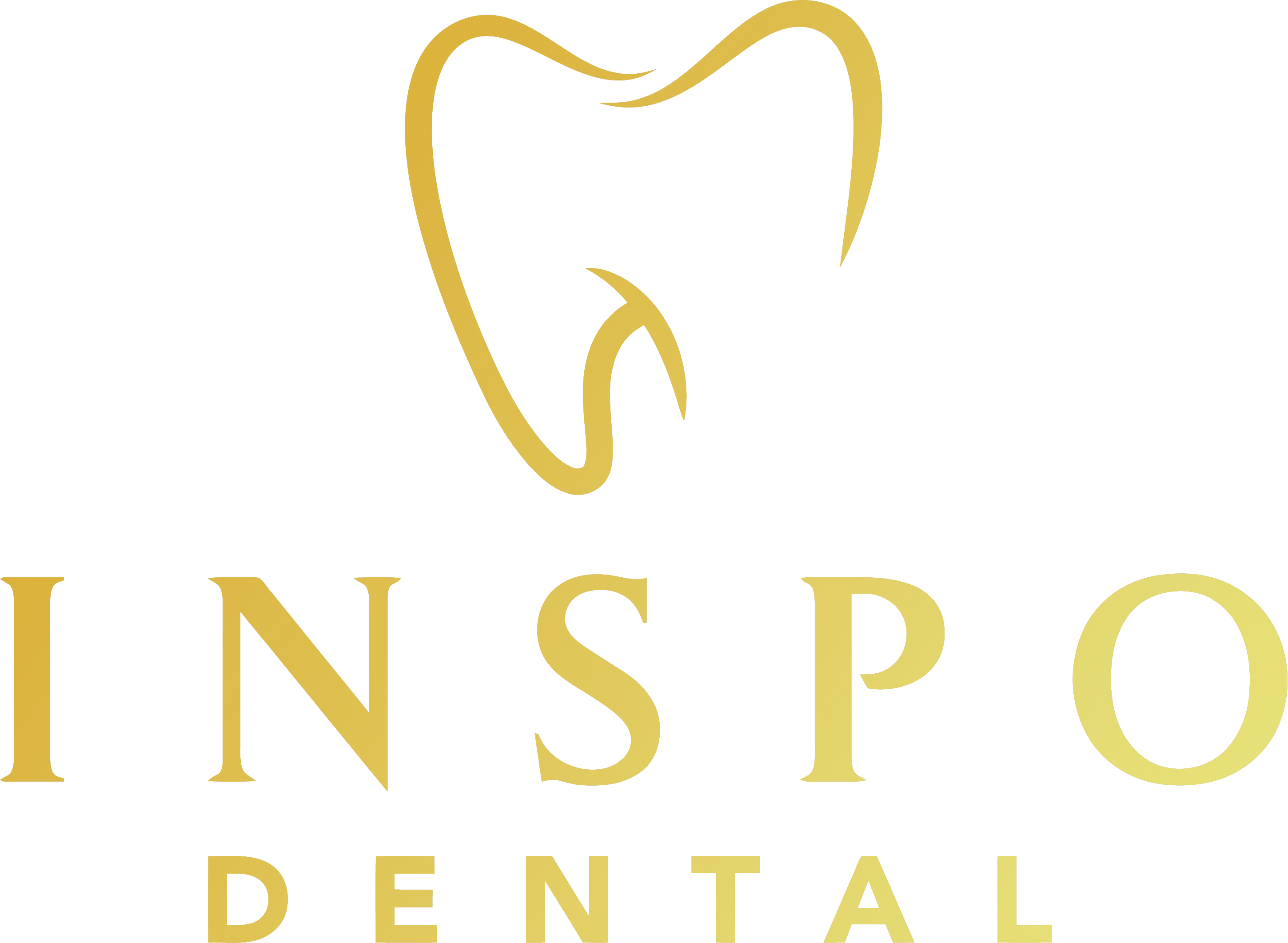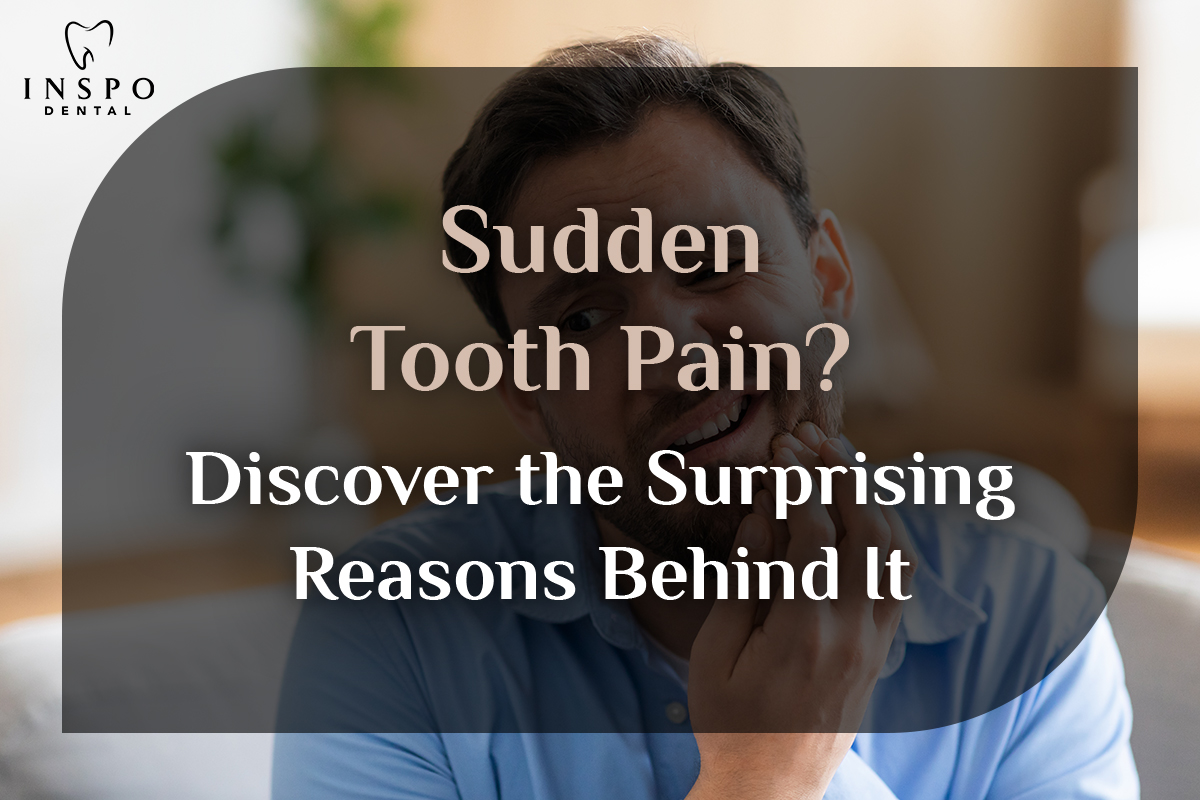What Is a Smile Makeover?
In today’s image-driven world, your smile is one of your most powerful assets. A beautiful smile enhances self-esteem, boosts confidence, and even improves social and professional interactions. But for those suffering from dental damage, misalignment, or wear-and-tear over time, regaining that radiant smile can feel like an uphill battle.
That’s where Full Mouth Rehabilitation—often known as a Smile Makeover—comes in. This transformative dental procedure combines aesthetics and function to restore not just your teeth, but your quality of life.
🧩 What Is Full Mouth Rehabilitation?
Full Mouth Rehabilitation is a comprehensive dental treatment plan designed to restore the health, structure, and aesthetics of all your teeth—top and bottom. Unlike cosmetic dentistry which focuses purely on looks, this process includes functional restoration too.
It’s ideal for individuals who have:
- Multiple missing, worn, or damaged teeth
- Jaw alignment issues
- Chronic pain in the jaw or muscles (TMJ disorders)
- Dental trauma or congenital conditions
- Severely stained or misshaped teeth
A smile makeover through full mouth rehabilitation typically involves a combination of restorative and cosmetic procedures tailored to your unique oral health needs.
🛠️ What Procedures Are Included in a Smile Makeover?
A full mouth rehabilitation plan may include a blend of the following dental treatments:
✅ Restorative Procedures:
- Crowns & Bridges – To restore damaged or missing teeth
- Dental Implants – Permanent replacements for lost teeth
- Root Canal Therapy – To treat infections and preserve tooth structure
- Fillings & Inlays/Onlays – To treat cavities and reinforce tooth structure
- Occlusal Adjustments – To fix bite issues and TMJ disorders
✅ Cosmetic Enhancements:
- Porcelain Veneers – Thin shells placed over the front of teeth to improve shape and color
- Teeth Whitening – Professional brightening for a more radiant smile
- Orthodontics or Invisalign – For alignment and bite correction
- Gum Contouring – For reshaping uneven gum lines
✅ Preventive & Supportive Measures:
- Deep Cleaning (Scaling & Root Planing) – For gum health
- Night Guards – For patients who grind their teeth (bruxism)
- Bone Grafts or Sinus Lifts – If implants are being placed in areas with insufficient bone
👨⚕️ The Evaluation Process: What to Expect at Your Consultation
Before any treatment begins, your dentist or prosthodontist will conduct a detailed evaluation that includes:
✅ Full-Mouth X-rays and Digital Scans
✅ Photographs and Impressions of Teeth
✅ Bite Analysis (Occlusion Study)
✅ Discussion of Medical History and Symptoms
✅ Smile Design Mockups or 3D Simulations
This thorough examination allows your dentist to create a customized treatment plan, sometimes divided into phases depending on the complexity and urgency of each issue.
📊 Cost of Full Mouth Rehabilitation
The cost of a smile makeover can vary dramatically depending on the scope of work, dentist expertise, and location. Here’s a general pricing breakdown:
Procedure | Estimated Cost (USD) |
Porcelain Veneers (per tooth) | $900–$2,500 |
Dental Implants (per tooth) | $2,000–$5,000 |
Crowns | $800–$1,500 |
Root Canal Therapy | $700–$1,200 |
Teeth Whitening | $300–$600 |
Invisalign | $3,000–$7,000 |
💡 Average Total Investment:
A full mouth rehabilitation can range anywhere between $15,000 to $60,000+, depending on the extent of the procedures.
✅ Insurance Note: Some restorative elements may be covered by dental insurance, especially if deemed medically necessary (e.g., crowns, implants, or TMJ treatment).
💎 Key Benefits of Smile Makeovers
✅ Functional Restoration
- Regain ability to chew, speak, and smile confidently
- Treats jaw pain and improves bite alignment
✅ Aesthetic Enhancement
- Whiter, straighter, and more symmetrical teeth
- Youthful appearance and renewed facial structure
✅ Psychological & Emotional Boost
- Increased self-confidence and reduced social anxiety
- Enhanced personal and professional interactions
✅ Long-Term Dental Health
- Prevents future issues like bone loss or severe decay
- Easier maintenance and better oral hygiene
🕐 Timeline: How Long Does a Full Mouth Rehab Take?
The duration of your full mouth rehabilitation depends on several factors:
Treatment Type | Estimated Duration |
Simple Makeovers | 1–3 months |
Moderate Cases | 4–6 months |
Complex Cases (Implants) | 6–12+ months |
✅ Note: Healing periods are crucial between procedures like implants or root canals. Your dentist may divide your treatment into phases to ensure proper healing and lasting results.
🔄 Smile Makeover vs. Cosmetic Dentistry: What’s the Difference?
While the terms are often used interchangeably, there’s a key distinction:
Cosmetic Dentistry | Full Mouth Rehabilitation |
Focuses on appearance | Combines function + appearance |
Usually elective | Often medically necessary |
One or two procedures | Comprehensive and phased approach |
Common in younger patients | Ideal for adults with extensive issues |
If you’re just looking for whiter teeth or minor corrections, cosmetic dentistry may suffice. But if you’re facing multiple dental issues—full mouth rehabilitation is the gold standard.
🧪 Is It Safe and Painful?
Full Mouth Rehabilitation is very safe when performed by qualified professionals.
- Most procedures are performed under local anesthesia or sedation for comfort.
- Advanced digital smile design and CAD/CAM technology minimize errors and discomfort.
- You’ll be guided through post-operative care to manage sensitivity or temporary pain.
✅ Patients often report only mild discomfort, especially after procedures like implants or root canals—and this is usually short-lived.
🧼 Aftercare & Maintenance: How to Protect Your New Smile
Once your smile makeover is complete, it’s essential to follow a diligent oral care routine:
✅ Aftercare Tips:
- Brush twice daily with a soft-bristled brush
- Use a non-abrasive fluoride toothpaste
- Floss daily or use water flossers
- Avoid hard or sticky foods that may damage restorations
- Visit your dentist every 6 months for cleaning and check-ups
- Use night guards if you grind your teeth
By taking proper care, your results can last 10–20+ years, depending on the type of restorations and your oral hygiene habits.
🧠 Emotional Transformation: More Than Just a Smile
For many patients, a smile makeover through full mouth rehabilitation brings an unexpected emotional transformation. This isn’t merely about cosmetic enhancement—it’s about reclaiming confidence, identity, and joy.
Imagine the difference between covering your mouth when laughing versus expressing yourself freely. For someone who’s spent years hiding dental imperfections, the change is deeply personal and life-affirming.
✅ Psychological Shifts Observed Post-Treatment:
- Reduced anxiety in social situations
- Improved self-image and self-talk
- Better performance in job interviews and public speaking
- Willingness to smile more frequently, even in photos
Many dentists now work closely with psychologists or wellness coaches, understanding that a transformed smile often leads to improved mental health.
🧮 Financial Planning for Full Mouth Rehabilitation
While the cost can be significant, there are smart strategies to make your smile makeover more financially manageable:
✅ Budgeting Tips for Patients:
- Phased Treatment Plans: Spread costs over time
- Health Savings Accounts (HSA/FSA): Tax-advantaged savings for eligible dental treatments
- Dental Financing: Providers like CareCredit or in-house payment plans offer 0% interest periods
- Insurance Advocacy: Some elements (like crowns, extractions, and root canals) may be partially reimbursable if classified as medically necessary
✅ Pro Tip:
Request a detailed treatment plan with itemized costs and ask your dentist to identify which procedures might be submitted for partial insurance reimbursement.
💡 The Role of Digital Dentistry in Smile Makeovers
The rise of digital dentistry has revolutionized how full mouth rehabilitation is approached. Today’s leading clinics integrate technology not just for speed—but for accuracy, customization, and reduced discomfort.
🖥️ Key Digital Tools That Enhance Smile Rehabilitation:
- 3D Cone Beam CT Scans – For accurate bone and root mapping
- Intraoral Scanners – No more messy impressions
- CAD/CAM Technology – For precise same-day crowns and veneers
- Digital Smile Design (DSD) – Preview your new smile before treatment begins
✅ These innovations ensure better results, faster timelines, and higher patient satisfaction.
🔍 Lesser-Known Facts About Full Mouth Rehabilitation
Even well-informed patients are sometimes surprised by these insights:
✅ Did You Know?
- Your bite alignment can impact posture and chronic headaches?
- Gum disease is one of the top reasons full mouth rehab is needed?
- Replacing missing teeth helps preserve facial structure and prevents aging effects?
- Untreated dental issues can lead to heart disease and diabetes complications?
Understanding these facts helps patients see full mouth rehabilitation not just as cosmetic—but as a vital component of systemic health.
🛑 Common Misconceptions Debunked
It’s time to clarify some myths that prevent patients from taking the next step.
🚫 “It’s Only for the Elderly”
Truth: Patients in their 30s and 40s often seek smile makeovers due to wear, accidents, or past dental neglect.
🚫 “It’s Purely Cosmetic”
Truth: It addresses functionality, pain, bite correction, and prevention of further damage.
🚫 “It’s Too Expensive for Me”
Truth: Flexible financing and phased planning make this more accessible than most believe.
🌍 The Social Perception of a Healthy Smile
In a world where first impressions matter more than ever, a great smile holds immeasurable social capital. It’s not vanity—it’s a primal human signal. Across cultures and societies, a healthy smile is associated with:
✅ Trustworthiness
✅ Youth and vitality
✅ Personal success
✅ Approachability and warmth
📸 The Smile Advantage:
- Studies show that individuals with aligned, white, and full smiles are more likely to be perceived as competent and attractive.
- In job interviews and client meetings, a confident smile can increase likability and close rates.
A full mouth rehabilitation doesn’t just fix dental issues—it enhances how others respond to you, personally and professionally.
🧠 The Psychology Behind Smile Design
A well-designed smile goes far beyond just fixing teeth—it taps into the subconscious psychology of facial harmony and balance. Skilled cosmetic dentists and prosthodontists use principles of:
- Golden Ratio – For ideal tooth proportion and spacing
- Symmetry vs. Asymmetry – For natural and believable results
- Facial Mapping – To align smile lines with lip movement, eyes, and nose
- Personality Adaptation – Some smiles are soft and subtle; others bold and radiant
This deep customization ensures that your new smile feels like you—not like someone else.
“Your smile is not a template. It’s a reflection of your identity.”
🌱 The Sustainability Angle: Are Smile Makeovers Eco-Conscious?
While full mouth rehabilitation prioritizes health and aesthetics, environmental impact is a growing concern among conscious patients.
🟢 Positive Trends in Sustainable Dentistry:
- Use of biocompatible materials like zirconia and BPA-free composites
- Digital impressions replacing disposable trays and putty
- CAD/CAM labs reducing material waste through precision milling
- Eco-friendly sterilization and water conservation in advanced clinics
Patients can now ask their dentists about green practices, ensuring their new smile doesn’t cost the planet.
🏃♂️ Lifestyle Adaptability After a Full Mouth Makeover
A common concern is whether a smile makeover will restrict lifestyle choices—particularly eating habits, fitness, or social routines.
✅ The Good News:
- Dental implants, crowns, and veneers allow you to eat normally after healing
- Athletic patients can use custom mouthguards to protect their restored smile
- Smokers and heavy coffee/tea drinkers can maintain aesthetics with maintenance whitening sessions
⚠️ Lifestyle Adjustments May Include:
- Avoiding ice chewing or using teeth as tools
- Wearing retainers or guards at night if prescribed
- Scheduling regular professional cleanings to prolong shine and durability
Your dentist will offer a personalized care roadmap post-rehabilitation to ensure long-lasting success.
👶👵 Full Mouth Rehabilitation Across Different Age Groups
Many people mistakenly believe that full mouth rehabilitation is suitable only for aging adults. In truth, this transformative dental approach benefits a wide range of age groups, each with unique challenges and goals.
✅ Young Adults (20s–30s)
- Often recovering from orthodontic relapse, sports injuries, or cosmetic dissatisfaction
- Prioritize aesthetics, quick recovery, and long-term preventive value
- Common treatments: Invisalign re-alignment, veneers, teeth whitening, minor crowns
✅ Midlife (40s–60s)
- Addressing years of wear, neglect, or existing restorations
- Focused on a complete transformation of function and appearance
- Often require a mix of implants, bite correction, and occlusal balancing
✅ Seniors (65+)
- Dealing with extensive tooth loss, bone density reduction, or removable dentures
- Full mouth rehab can dramatically improve chewing ability and nutrition, and reduce digestive issues
- Often benefit most from implant-supported dentures or hybrid bridges
No matter the age, the treatment is custom-built around your physiology and lifestyle stage, ensuring safety and satisfaction.
🚻 Gender-Specific Aesthetic Preferences in Smile Design
Smile design is not one-size-fits-all. The shape, contours, and proportions of your teeth can subtly align with masculine or feminine traits, depending on what you desire.
👩 For Women:
- Softer curves on incisors and canines
- Slightly rounded tooth edges
- Brighter white tones for a more radiant, youthful look
- Emphasis on delicacy and symmetry
👨 For Men:
- Broader, more squared tooth shapes
- Bolder incisal angles for strength and maturity
- Neutral whites with subtle translucency for realism
- Balanced symmetry with slightly more defined dominance in canines
Your dentist will consider facial features, age, profession, and personality when crafting a smile that enhances—not alters—your natural identity.
🔬 Innovations on the Horizon in Full Mouth Rehabilitation
Dentistry continues to evolve. Over the next few years, full mouth rehab will likely include:
- Nano-dentistry: Using microscopic materials for higher precision and longevity
- AI-powered diagnostics: Predictive models that plan treatment based on thousands of cases
- 3D-printed crowns and bridges: Faster, more affordable, and ultra-customized
- Stem cell–based regrowth: Experimental work in regrowing dentin and pulp tissue
- AR (Augmented Reality) for Smile Simulation: Real-time previews during consultation
These innovations will not only make treatments more accessible but also shorter and more personalized than ever before.
💬 FAQs: What Patients Commonly Ask
❓ How long do the results last?
With good oral hygiene and regular checkups, results can last 10–25 years depending on the materials used.
❓ Can I undergo this if I have medical conditions?
Yes, but your dentist will coordinate with your physician, especially if you have heart conditions, diabetes, or are on medications.
❓ Is the recovery painful?
Most discomfort is mild and managed with over-the-counter pain relief. Dentists often break treatment into phases for comfort and healing.
❓ Can I customize my smile shape or color?
Absolutely! Modern smile makeovers are highly customized based on your facial structure, skin tone, and personality.
📈 Future Trends in Smile Rehabilitation
As technology and research evolve, full mouth rehabilitation is becoming even more precise, accessible, and patient-focused.
🔮 What’s Coming Next?
- AI in treatment planning – Predicting long-term success and aesthetics
- Regenerative dentistry – Using stem cells for tooth repair
- Bio-compatible materials – Zirconia and hybrid ceramics for long-lasting restorations
- Teledentistry integration – Virtual consultations and monitoring
These innovations are set to make the process faster, less invasive, and more affordable.
🧭 Who Is an Ideal Candidate for Full Mouth Rehabilitation?
You might be a perfect candidate if you:
✅ Suffer from worn-down, missing, or broken teeth
✅ Experience frequent jaw pain or headaches
✅ Have had multiple failed restorations in the past
✅ Want a complete transformation—functionally and aesthetically
✅ Are ready for a long-term commitment to dental wellness
✅ Checklist: Are You Ready for a Smile Makeover?
Here’s a quick self-assessment to see if full mouth rehabilitation might be right for you:
✔️ I have multiple dental issues (missing, broken, or worn-down teeth)
✔️ I avoid smiling in photos or public settings
✔️ I experience jaw pain, tension headaches, or bite discomfort
✔️ I’ve undergone past dental work that hasn’t lasted
✔️ I want to improve both the function and appearance of my teeth
✔️ I’m ready to invest in a long-term dental solution
If you checked 3 or more, it’s time to schedule a professional consultation.
📍 Choosing the Right Dentist for Full Mouth Rehab
This is not a procedure you want to take lightly. Always choose a dentist or prosthodontist who:
✅ Has advanced training in full mouth rehabilitation
✅ Uses modern digital planning tools
✅ Shows before-and-after cases
✅ Offers transparent pricing and timelines
✅ Provides comfort options like sedation and flexible scheduling
🎯 Your Smile Is Worth the Journey
A smile makeover with full mouth rehabilitation isn’t just about surface-level beauty—it’s about feeling whole again. It addresses your oral health from every angle: structurally, functionally, emotionally, and aesthetically.
Whether you’re battling years of dental neglect, congenital issues, or the effects of time, this process gives you a second chance—not just at a beautiful smile, but at a better life.
So ask yourself:
Are you ready to stop hiding your smile and start owning it?
📞 Take the First Step
Book a consultation today with a full mouth rehabilitation expert in your area. Ask about flexible payment plans, explore your digital smile design options, and begin your journey toward transformation.
Your new smile—and new life—are waiting.






